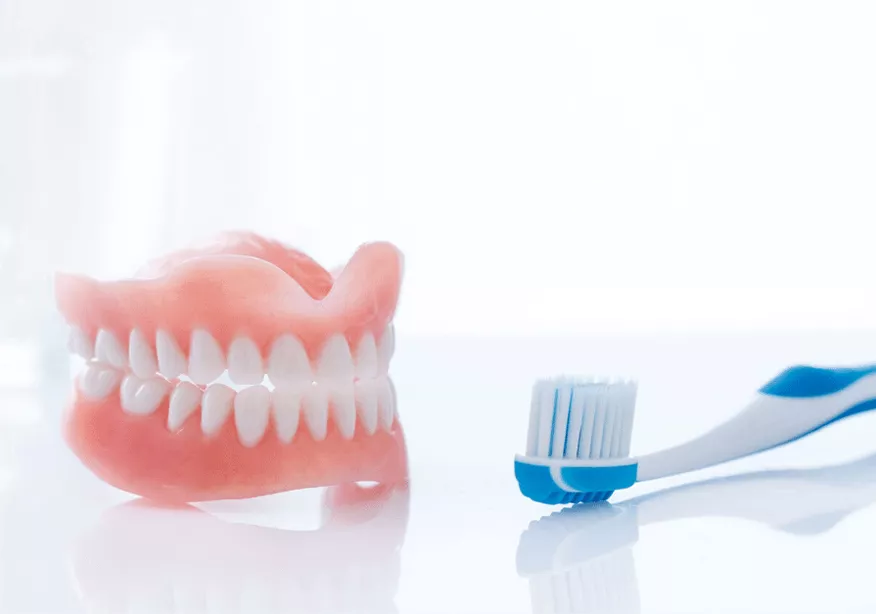Modern Tooth Implantation Methods: What Patients Need to Know?

Hello! I am here to explain what modern dental implantation is all about and what you, as a patient, need to know about the process. Dental implants are a popular and effective solution for replacing missing teeth.
Here is everything you need to know:
What are dental implants?
Dental implants are artificial tooth root replacements made from biologically compatible materials, usually titanium. They are surgically placed into the jawbone to support a crown, bridge, or even full dental prosthetics. Over time, the implant fuses with the jawbone (a process called osseointegration), providing a strong foundation for the replacement tooth.
Advantages of Modern Dental Implants
- Natural appearance: The implant looks and feels like a natural tooth.
- Durability: With proper care, implants can last a lifetime.
- Bone preservation: Implants help prevent jawbone shrinkage caused by missing teeth.
- Improved functionality: You can eat, speak, and smile confidently.
- Minimal impact on neighboring teeth: Unlike bridges, implants do not require support from adjacent teeth.
Who is a suitable candidate?
Most patients are suitable for implants, but the key factors are:
- Good oral hygiene: Healthy gums and no untreated cavities or gum diseases. Therefore, the oral condition should be optimal and free of inflammation before the implant procedure.
- Sufficient bone density and volume: Adequate jawbone density and volume to support the implant. If bone loss has occurred, bone grafting may be a solution.
- Overall health condition: Conditions such as uncontrolled diabetes or heavy smoking may require management before the procedure.
Procedure: Step-by-Step
- Consultation and Planning:
- A 3D X-ray is taken to assess the jaw’s condition.
- A personalized treatment plan is created.
- Preparations (if necessary):
- If necessary, procedures like tooth extraction or bone grafting are performed.
- Implant Placement:
- The implant is placed into the jawbone under local anesthesia or sedation.
- Healing time (2–6 months) allows the implant to integrate with the jawbone.
- Abutment and Crown Placement:
- Once healing is complete, a small connecting piece (abutment) is attached to the implant, and a custom crown is placed on top.
Recovery and Care
- Healing time: Most discomfort will subside within a few days. Swelling and small bruises are common but can be alleviated with ice packs and medication.
- Oral hygiene: Proper cleaning around the implant is crucial to avoid infection or gum issues.
- Regular dental visits: Routine check-ups ensure that the implant remains healthy and functional.
What the patient should know
- Cost: Implants are an investment, but they offer long-term value compared to alternatives like dentures or bridges.
- Timeframe: The entire process may take several months, but it ensures long-term success.
- Lifestyle adjustments: Smoking and poor oral hygiene increase the risk of implant failure.
- Possible risks: Although rare, complications such as infection or implant failure can occur. Working with an experienced dentist minimizes these risks.
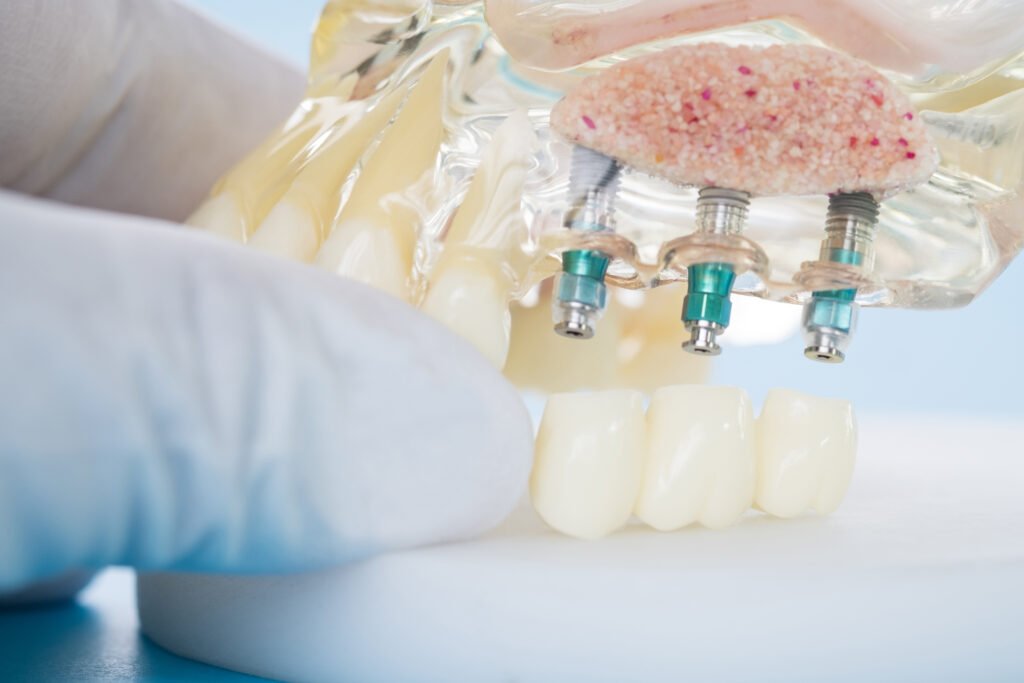
Why Choose Modern Implants?
HanzaDent Dental Clinics use the latest technologies, such as 3D X-ray and planning, computer-guided surgery, and advanced materials. These advancements have made the procedure safer, faster, and more predictable.
If you are considering dental implants, know that they are one of the most reliable and naturally feeling solutions. If you have any questions or concerns, feel free to ask – I’m here to help you achieve a healthy and beautiful smile! 😊
Dr. Regina Kuningas-Ott
News
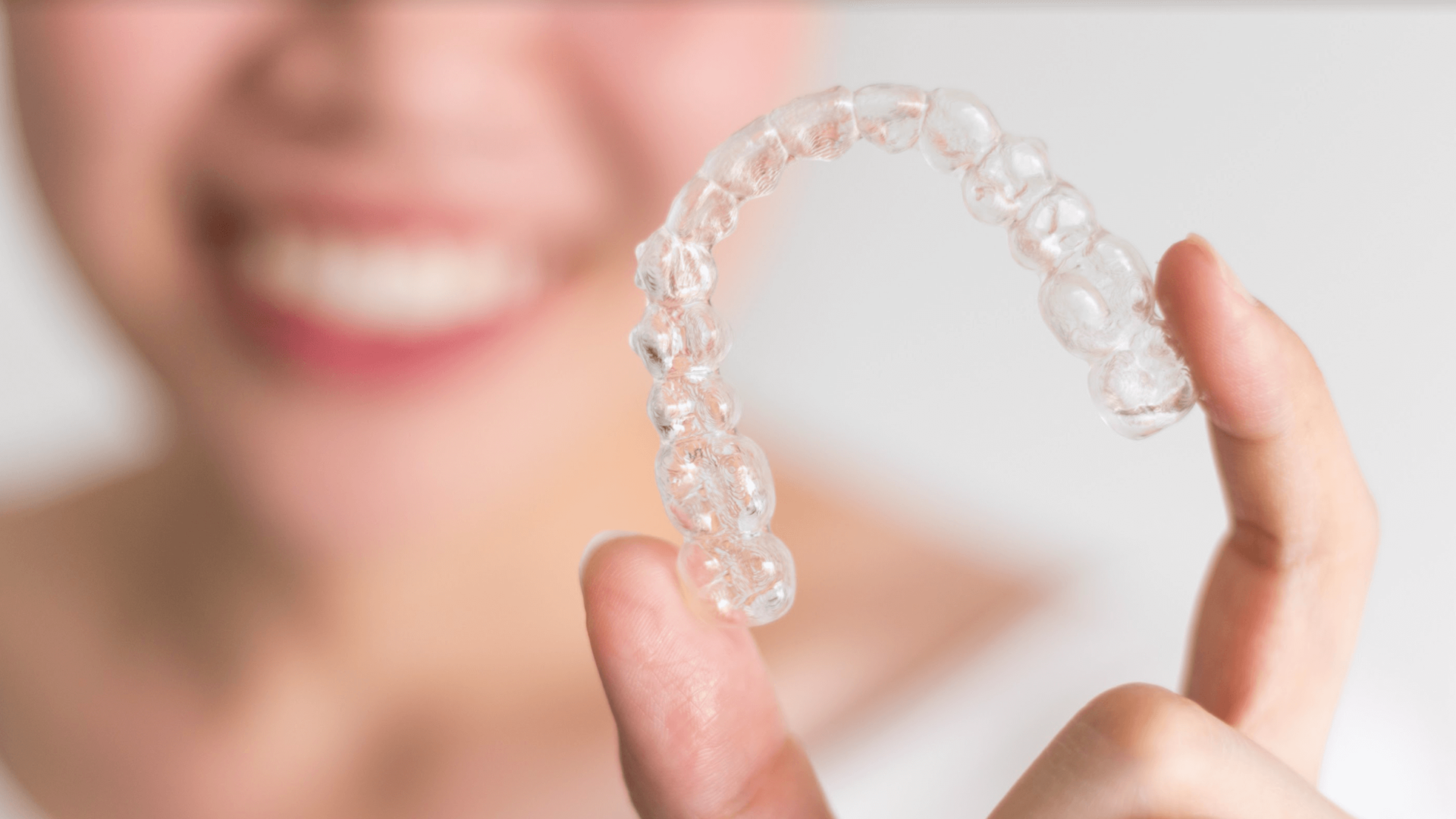
Why Choose Ordoline Aligners? Everything You Need to Know
Read more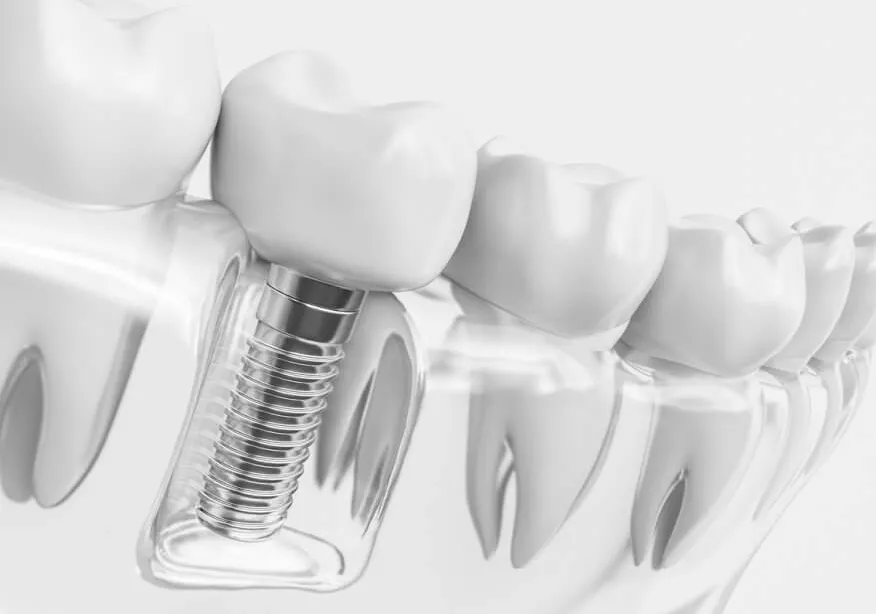
Care for Implants: Recommendations and Tips
Read more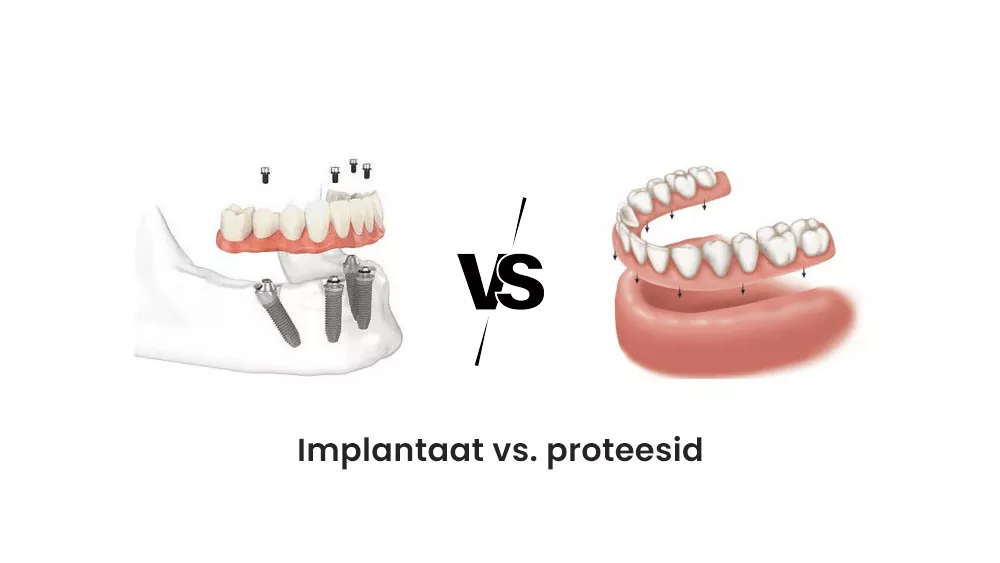
Implant vs. Prosthetics: Which Option is Better for You?
Read more
Root Canal Treatment at Home
Read more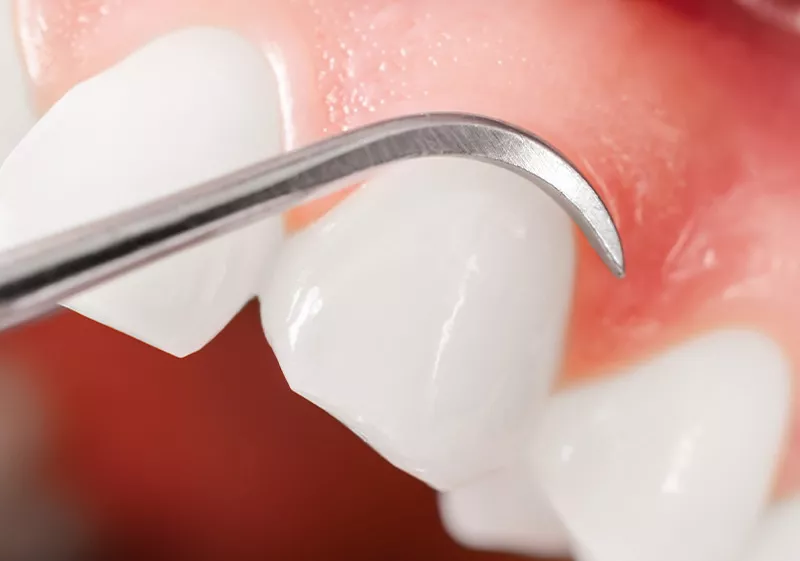
Main Causes of Gum Diseases and Their Prevention
Read more